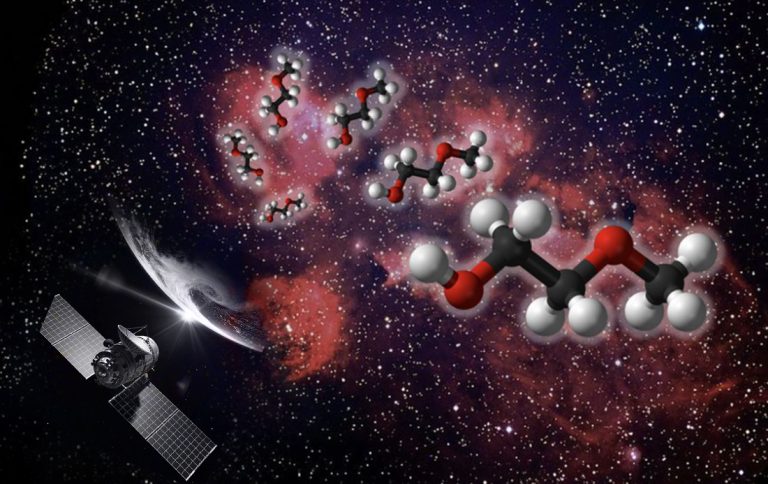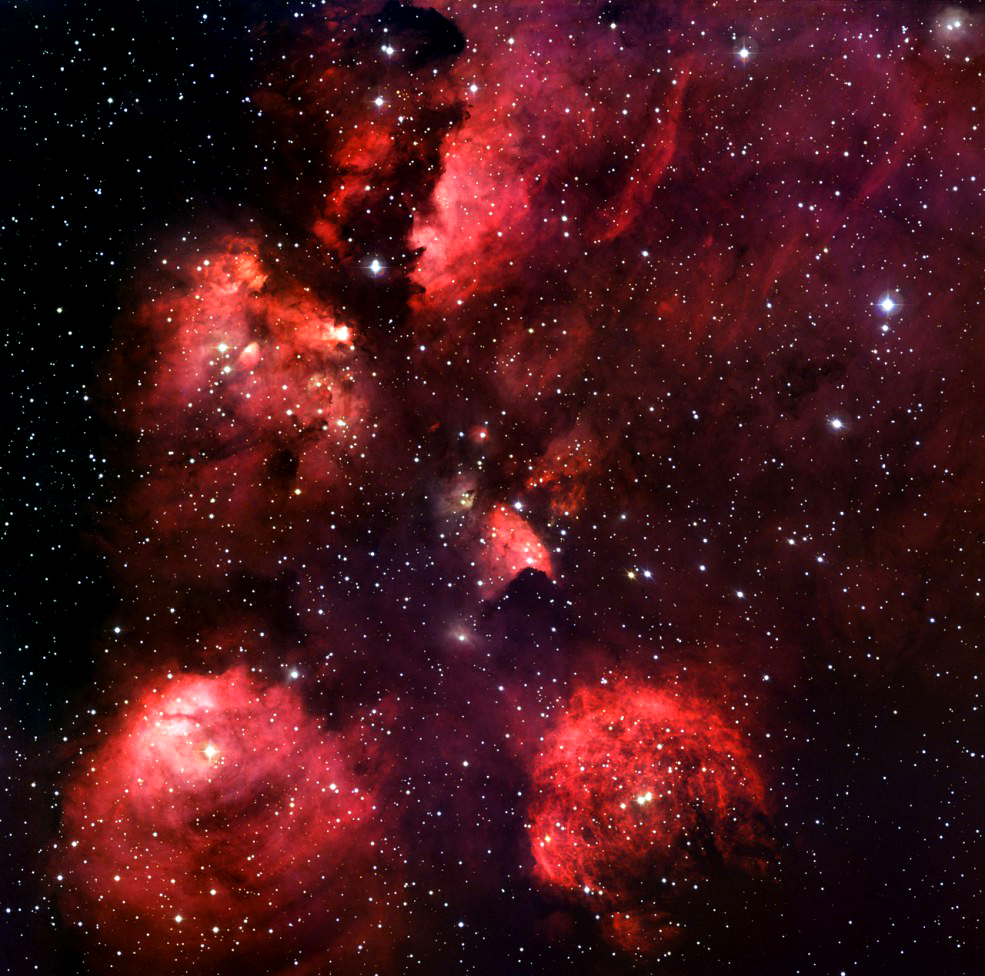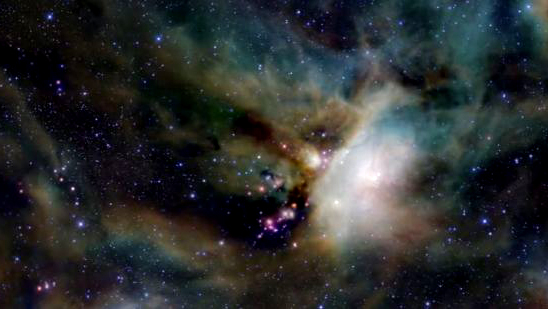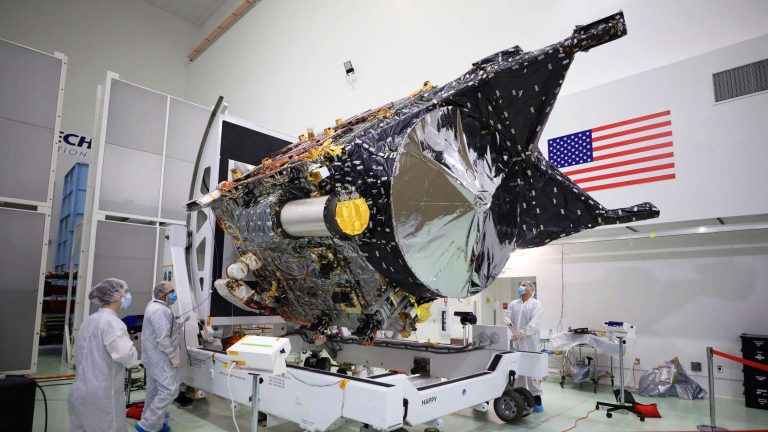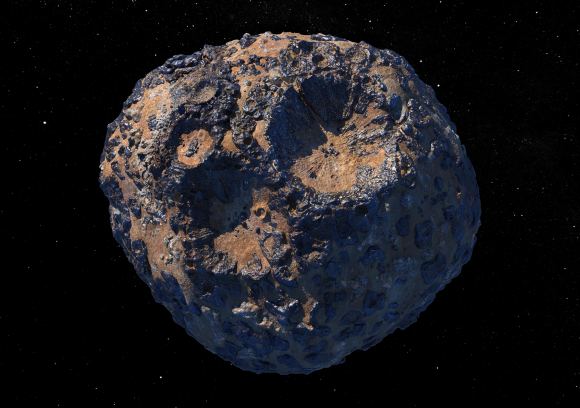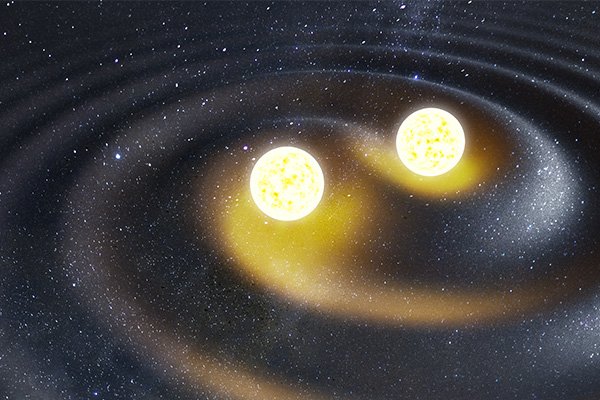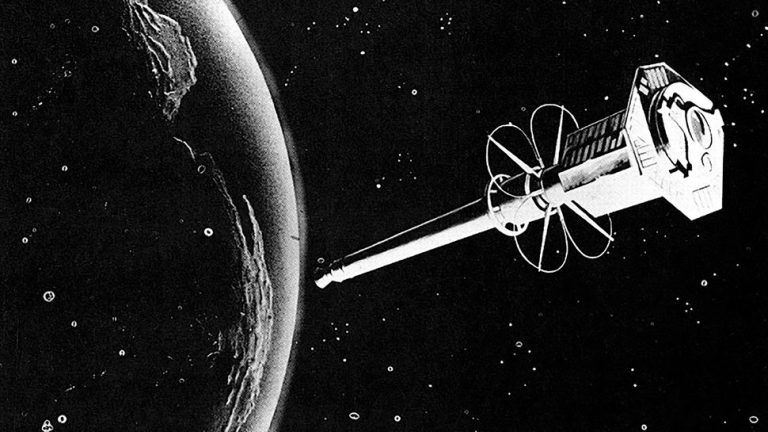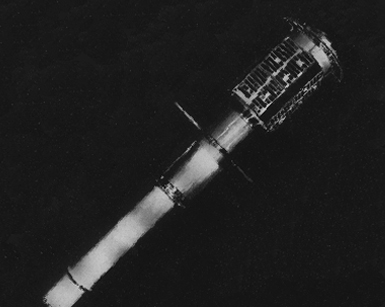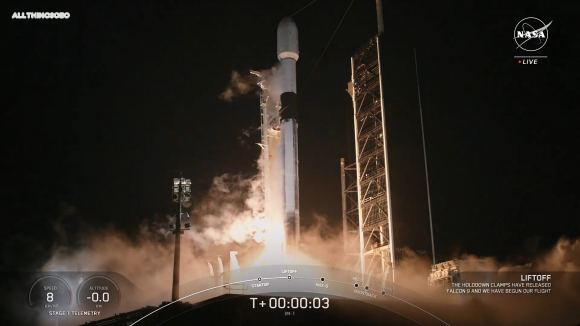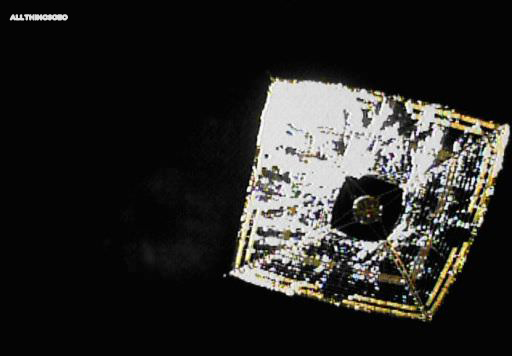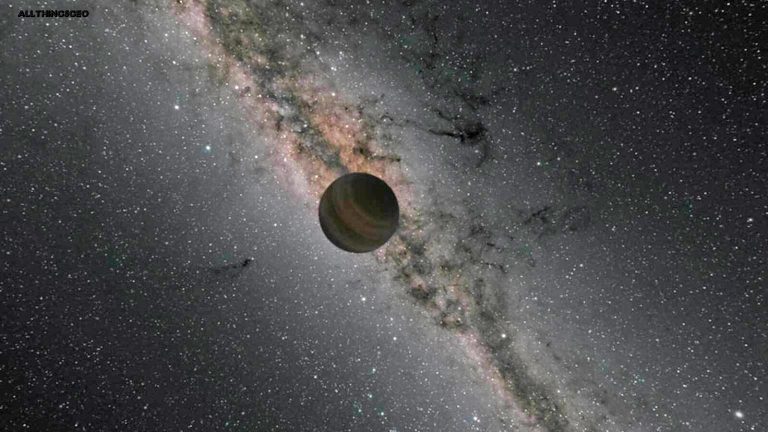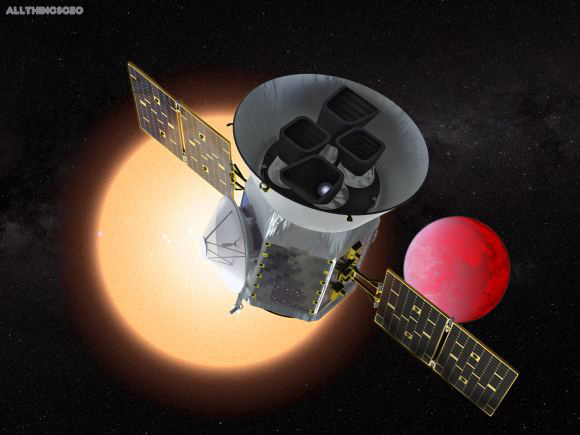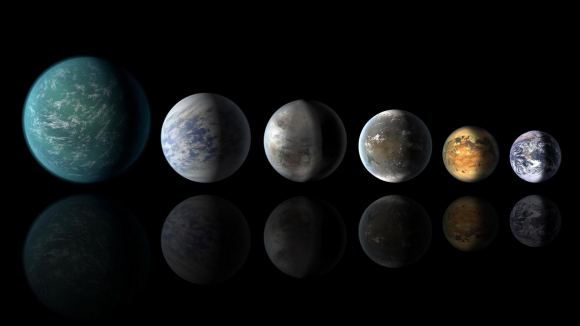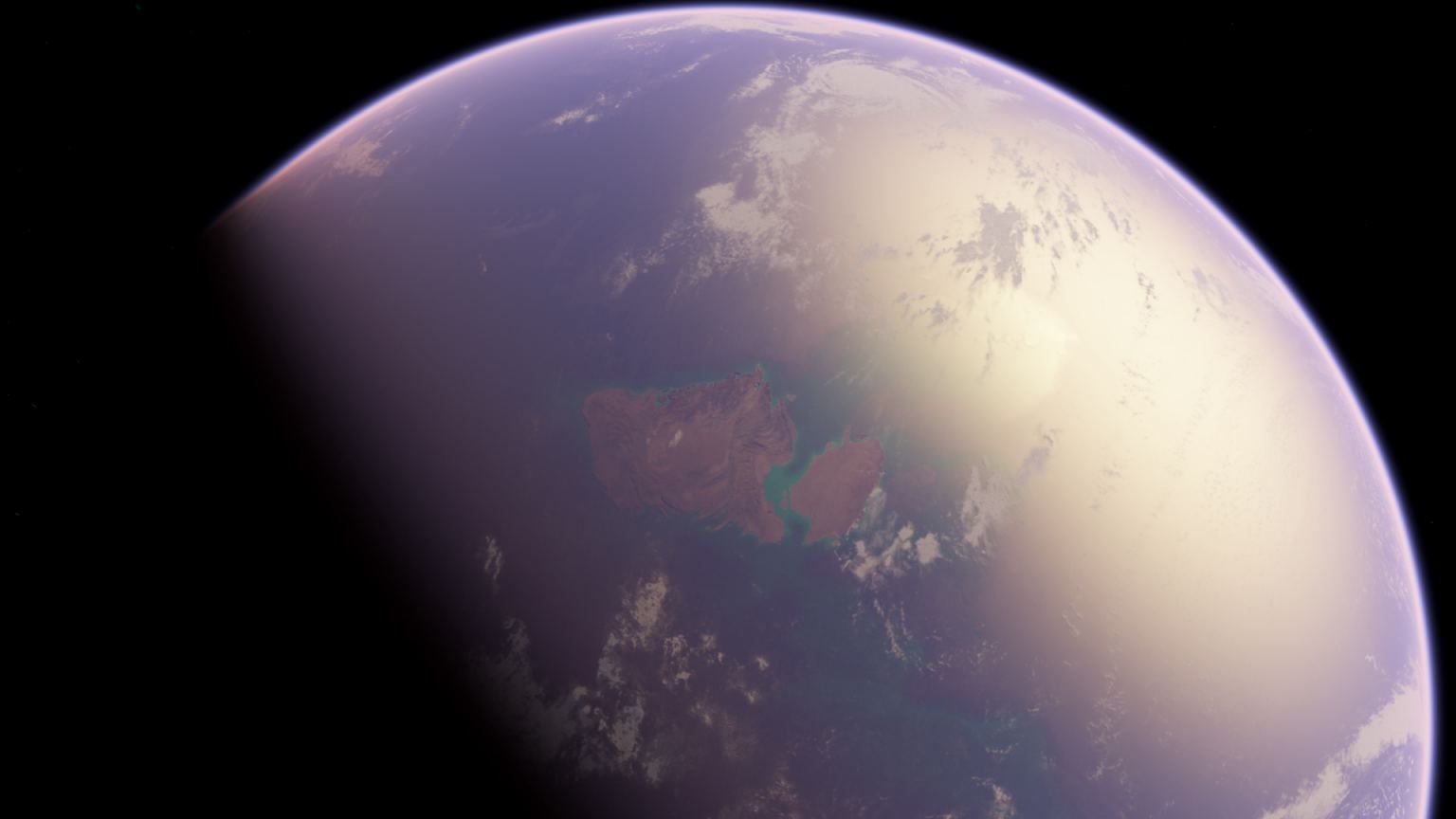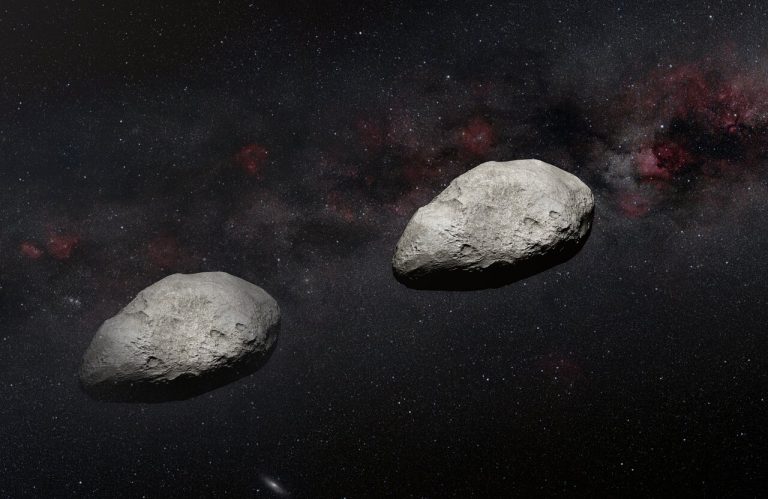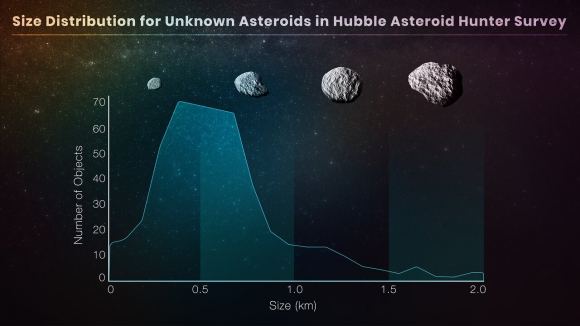SpaceX Veteran’s Startup Portal Space Systems Emerges from Stealth Mode
Key Takeaway
Portal Space Systems, a startup led by former SpaceX and Amazon engineers, has developed a new satellite bus called Supernova that promises unprecedented mobility in Earth orbit and beyond, enabled by a novel solar-thermal propulsion system.
Summary
- Portal Space Systems, a spaceflight startup, has come out of stealth mode and announced its existence.
- The startup is led by Jeff Thornburg, the former chief architect of SpaceX’s Raptor engine and a former Amazon executive involved in Project Kuiper.
- Portal has developed a new satellite bus called Supernova, which features a solar-thermal propulsion system that provides over 50 times more mobility than current spacecraft.
- Supernova will be able to move from low Earth orbit to geostationary orbit in just hours, and from low Earth orbit to the region around the moon in a matter of days.
- The company has received over $3 million in funding from the U.S. Department of Defense for the development and launch of Supernova.
- Portal has also received significant support from the U.S. Space Force, which has emphasized the importance of boosting flexibility and responsiveness in space operations.
- The company aims to launch Supernova for the first time in late 2025, providing customers with highly maneuverable spacecraft that can respond in real-time to events in any orbital regime.

Revolutionizing Satellite Mobility: Portal Space Systems’ Supernova
A startup led by former SpaceX and Amazon veterans is poised to disrupt the satellite industry with an unprecedented level of mobility. Portal Space Systems, a spaceflight company that recently emerged from stealth mode, has unveiled its groundbreaking satellite bus called Supernova, promising to redefine the capabilities of spacecraft in Earth orbit and beyond.
At the heart of Supernova lies a revolutionary solar-thermal propulsion system, which sets it apart from conventional satellites. This cutting-edge technology promises to deliver an astonishing 50-fold improvement in spacecraft mobility compared to current offerings. With Supernova, the dream of highly agile and responsive satellites has become a reality.
The Supernova satellite bus boasts an unprecedented level of adaptability that will enable it to cover vast distances in record time. Imagine a spacecraft capable of seamlessly transitioning from low Earth orbit (LEO) to geostationary orbit (GEO), a staggering distance of over 35,000 kilometers, in a matter of hours. Furthermore, Supernova can make the journey from LEO to the lunar vicinity in just a few days – a feat that would typically take months or even years for conventional satellites.
This remarkable agility opens up a world of possibilities, allowing Supernova to respond swiftly to emerging situations, adapt to changing mission requirements, and optimize its position for enhanced performance and data collection.
Portal Space Systems is led by Jeff Thornburg, a seasoned veteran in the aerospace industry. Thornburg previously served as the chief architect of SpaceX’s groundbreaking Raptor engine, a critical component of the company’s ambitious Starship endeavor. His expertise extends beyond SpaceX, having also held a pivotal role in Amazon’s Project Kuiper, the e-commerce giant’s foray into the satellite internet constellation domain.
With such a seasoned leadership team and a wealth of industry experience, Portal Space Systems is well-positioned to deliver on its promises and revolutionize the satellite industry.
The U.S. Department of Defense has recognized the potential of Supernova, awarding Portal Space Systems over $3 million in funding for the development and launch of this innovative satellite bus. Additionally, the company has garnered significant support from the U.S. Space Force, an entity that has emphasized the critical importance of enhancing flexibility and responsiveness in space operations.
These strategic partnerships highlight the significance of Supernova’s capabilities and the far-reaching implications they hold for national security, space exploration, and various commercial quests.
Scheduled for its inaugural launch in late 2025, Supernova represents a paradigm shift in satellite technology. By providing customers with highly maneuverable spacecraft capable of responding in real-time to events across any orbital regime, Portal Space Systems is poised to disrupt the status quo and catalyze a new era of satellite-based services and applications.
From enhancing global communications and Earth observation to enabling rapid deployment of space-based assets during emergencies, the possibilities are virtually limitless. As the space industry continues to evolve, Supernova’s game-changing capabilities will undoubtedly unlock new frontiers and shape the future of space exploration and exploitation.


